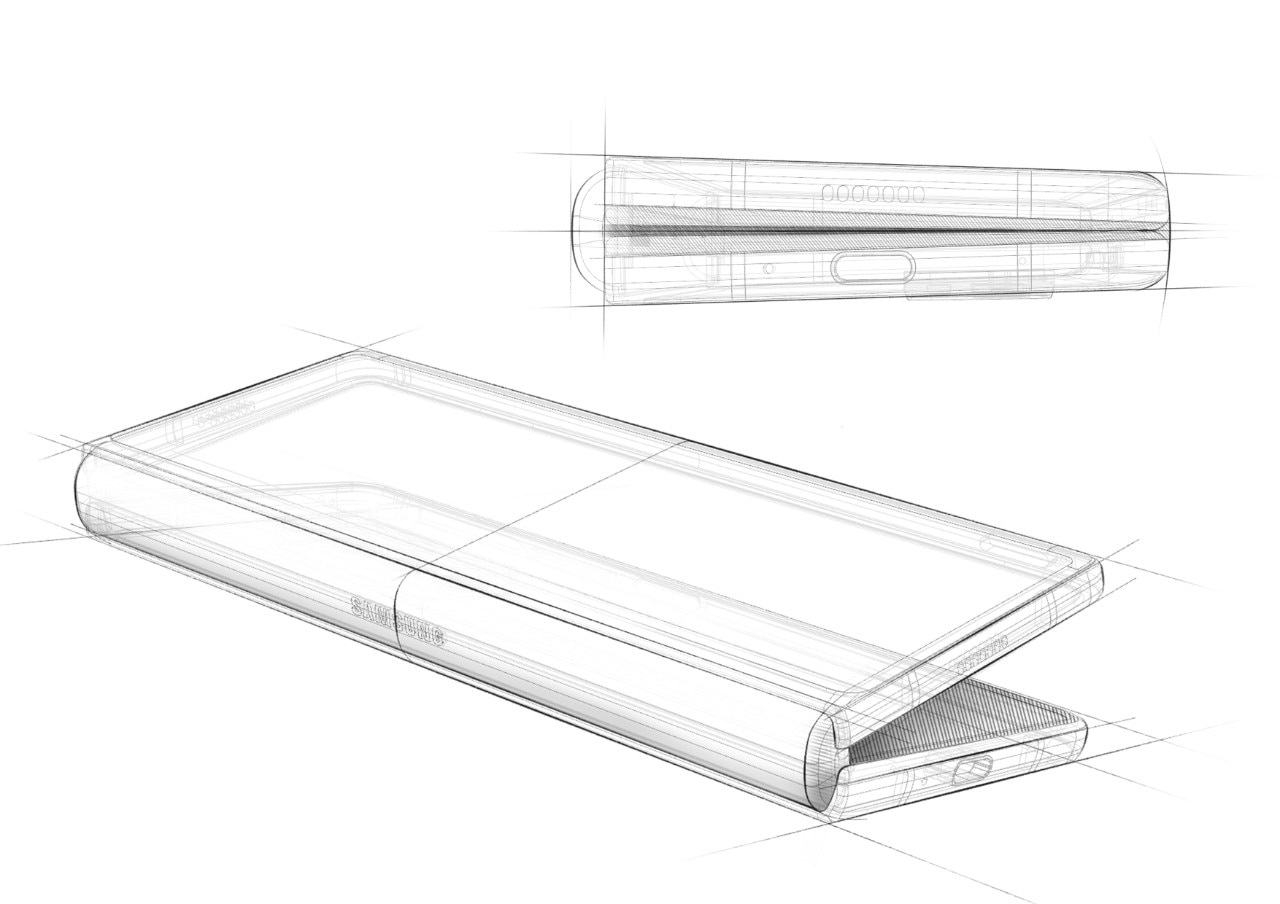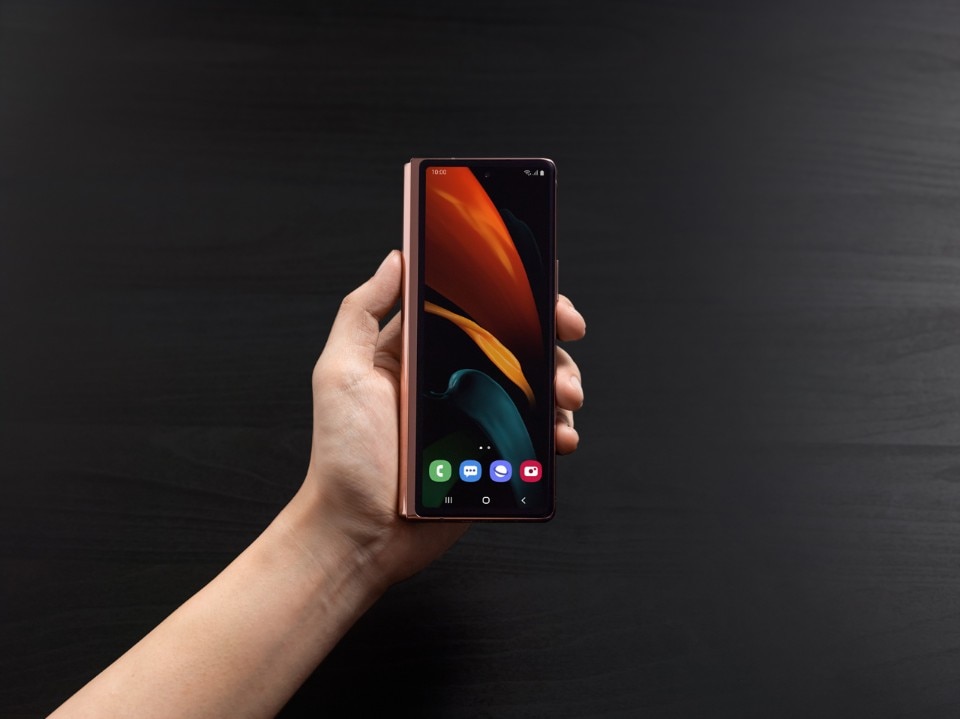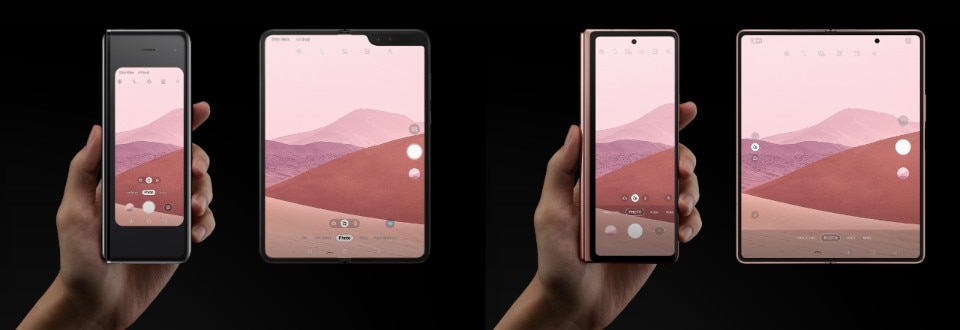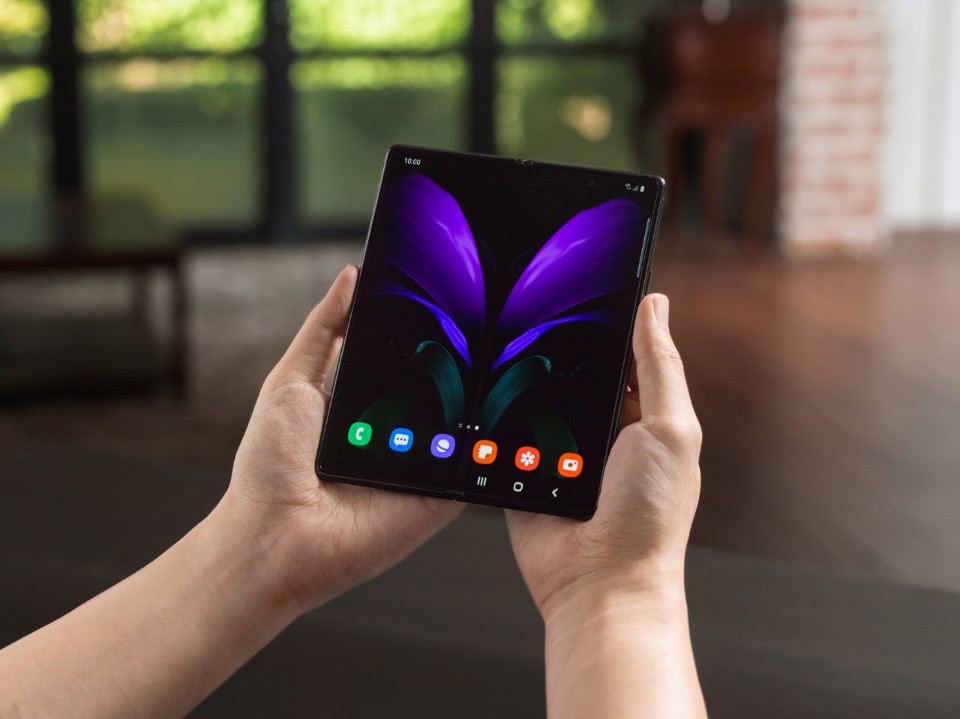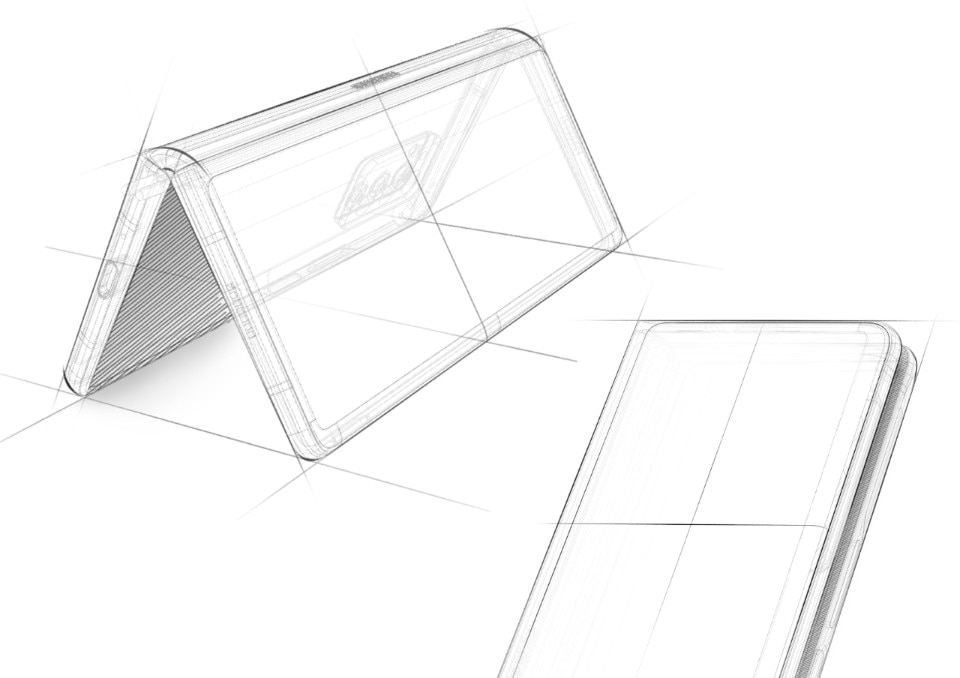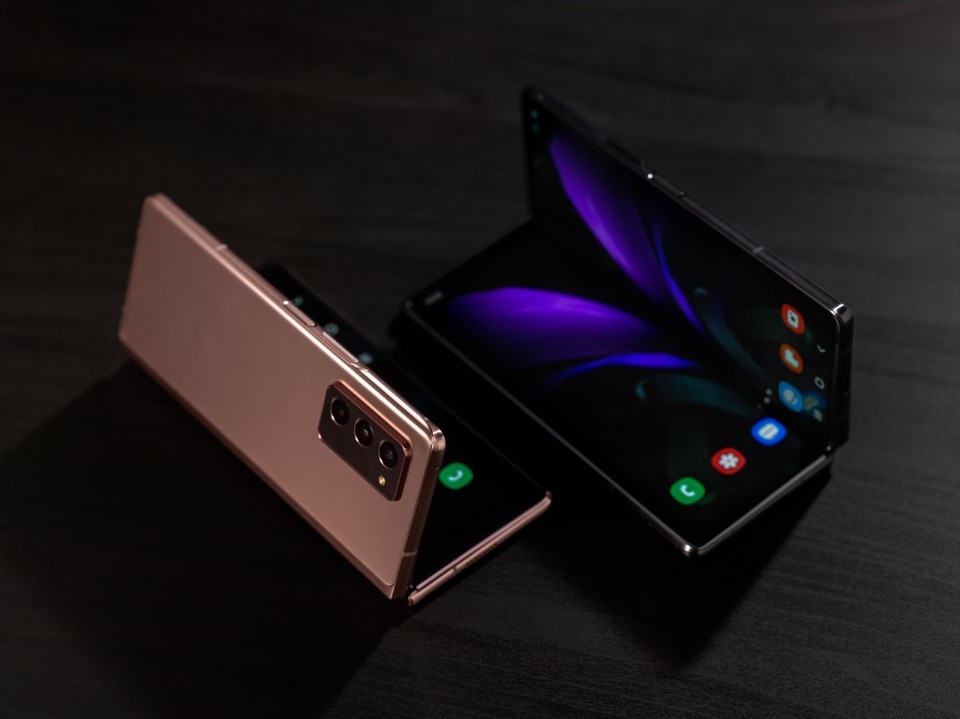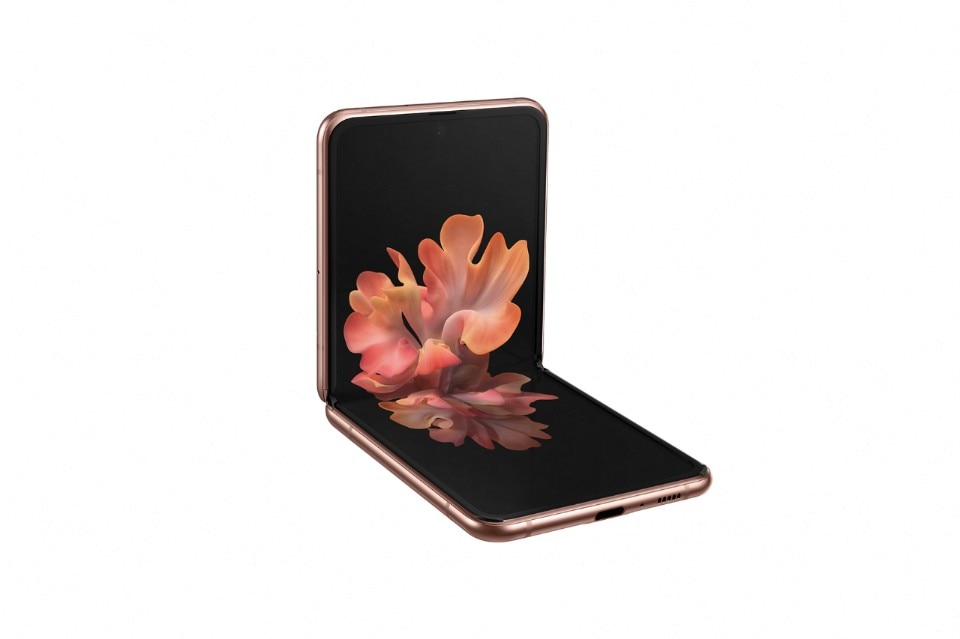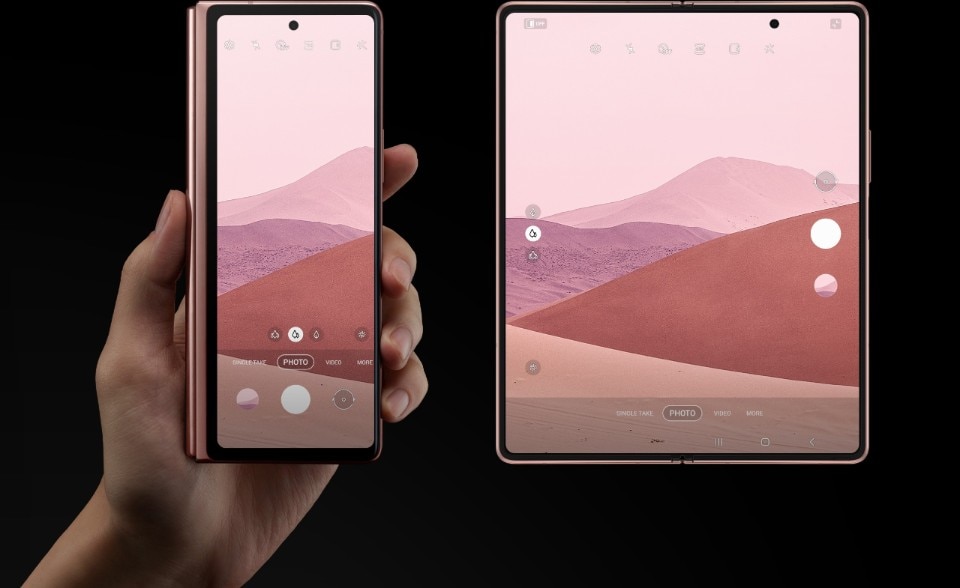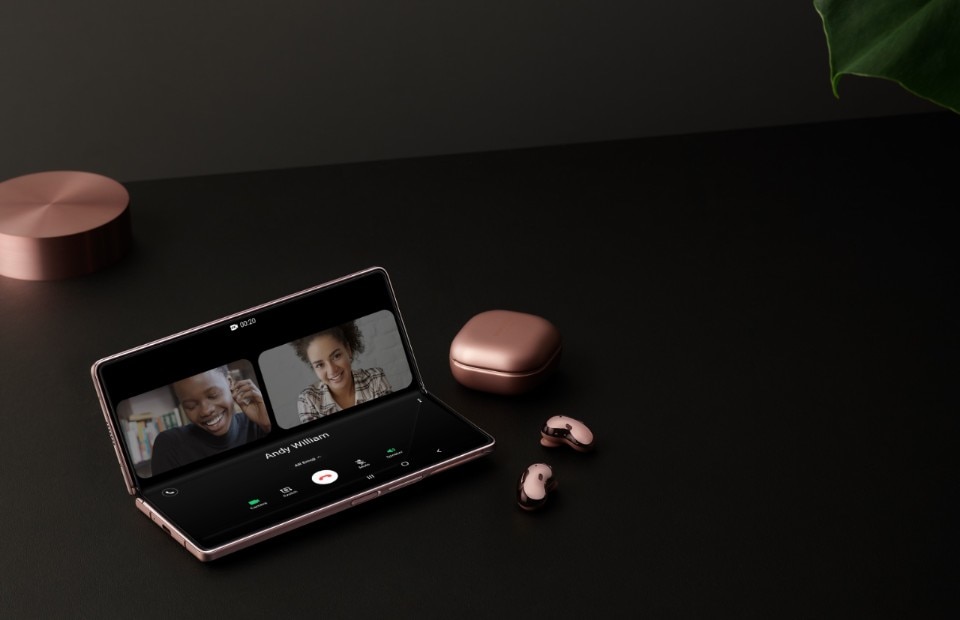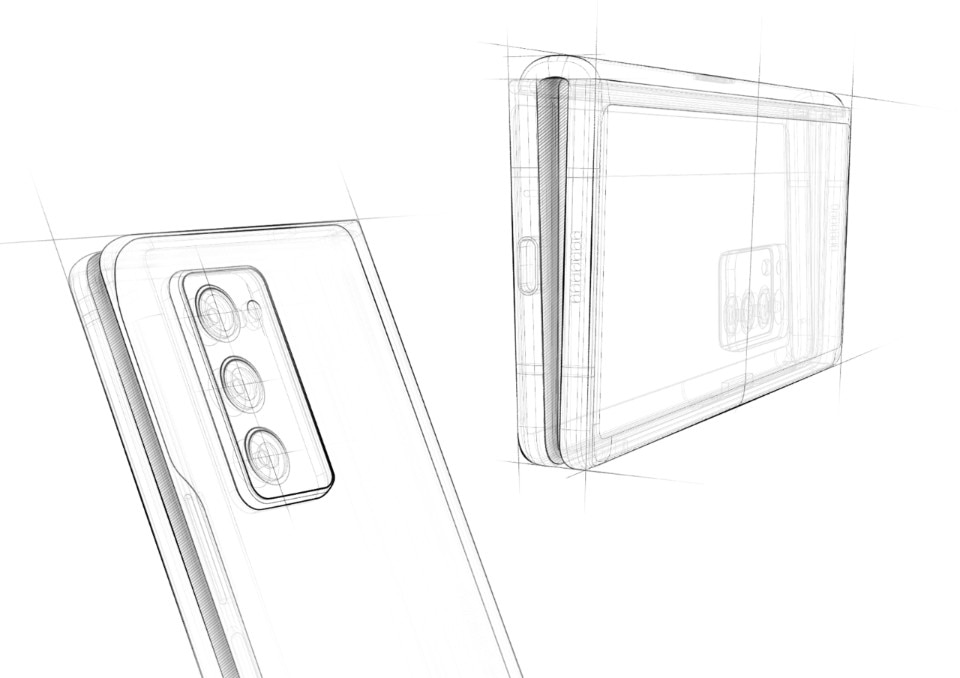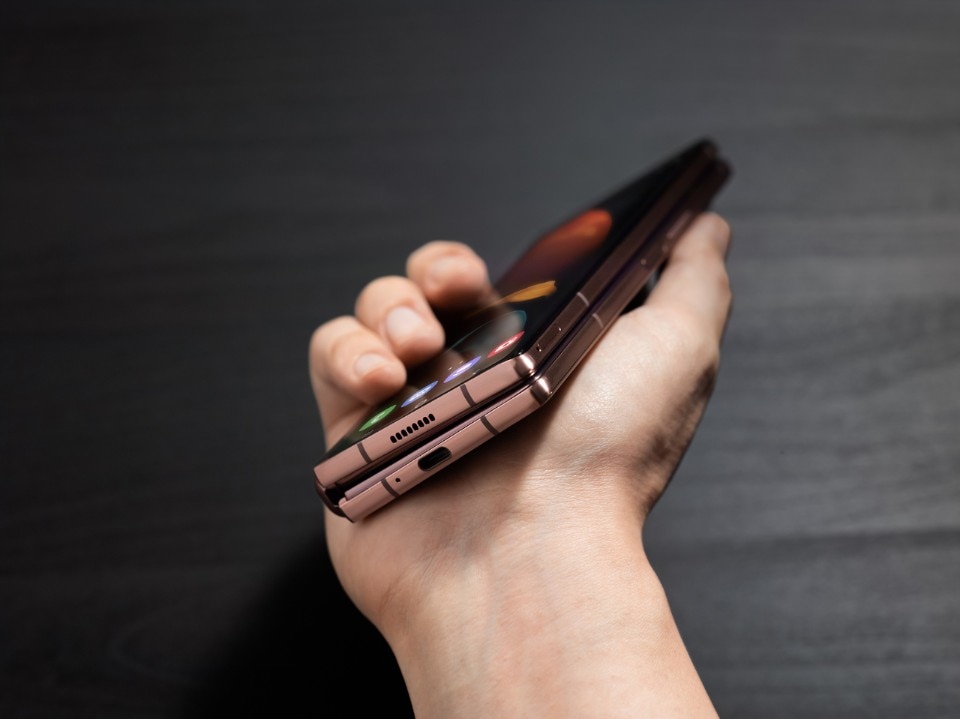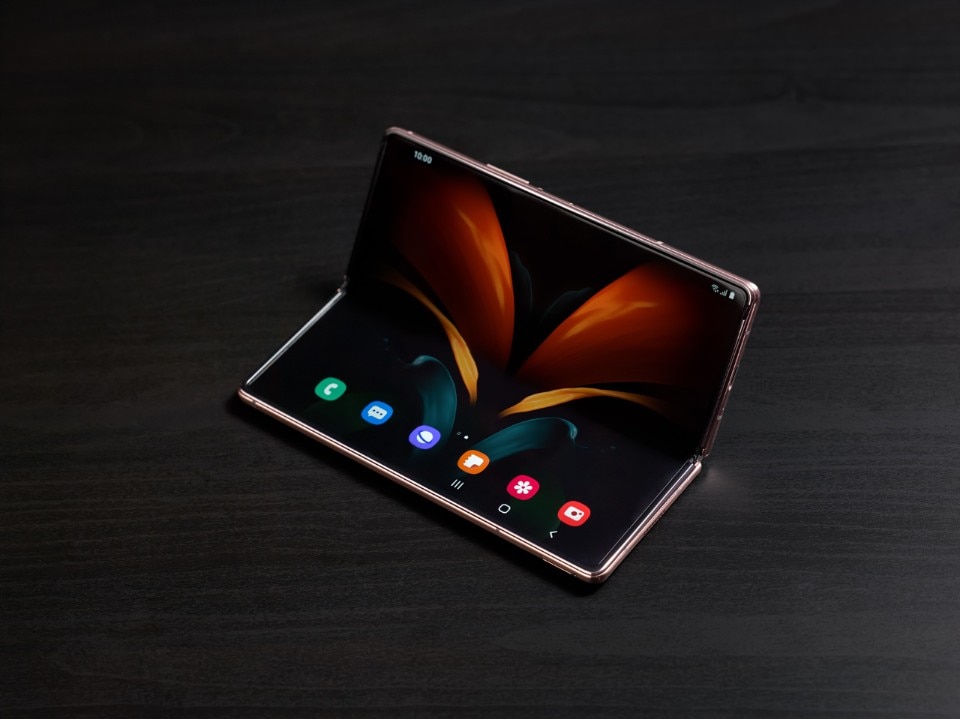Samsung’s first foldable phone was unveiled in February 2019. You can’t say we didn’t see it coming, with the “smartfolds” labeled as the next big thing in consumer tech in the last few years, tons of rumors, some prototypes shown at big technology fairs like CES and MWC by obscure companies, and the highest expectations for a device, launched by one of the world’s most relevant smartphone manufacturers, which would – to be repeated in an optimistic loop - subtract the smartphone to its tedious and nowadays ubiquitous original form factor. The Galaxy Fold, later renamed Galaxy Z Fold, was the first of a kind. Its first months weren’t the simplest: the small cover display was disappointing for many. The device received mixed pre-release reception, and its release was delayed to September for problems with the screen coatings of the first review units. At last, the Galaxy Fold hit the shelves just in time for Christmas Holidays. Some months later, just before the pandemic blocked Europe and more or less a year after the launch of the Fold, Samsung announced the Galaxy Z Flip, a smaller foldable phone which looked less ambitious, maybe, but simpler and more streamlined, which could also be used when demi-unfolded.
The design is really about making the technology beautiful, making sure that the benefits of technology are delivered, as so we don’t to restrict ourselves to a certain technology or design
The heir of Samsung’s original foldable phone, the Galaxy Z Fold2, in now available: its sports a larger cover display, an enhanced hinge, and many other less evident adjustments. It’s a gorgeous device, easy to use in both modes, closed and open, and with when “flexed”, exploiting ad hoc software customization. Long story short, it’s much more similar to what we expected one and a half year ago. Even the price tag around $2000 doesn’t sound so much scaring for a device which, after all, stands out both as a premium smartphone and a tablet, in just one packet, when compared to the current prices in the market.
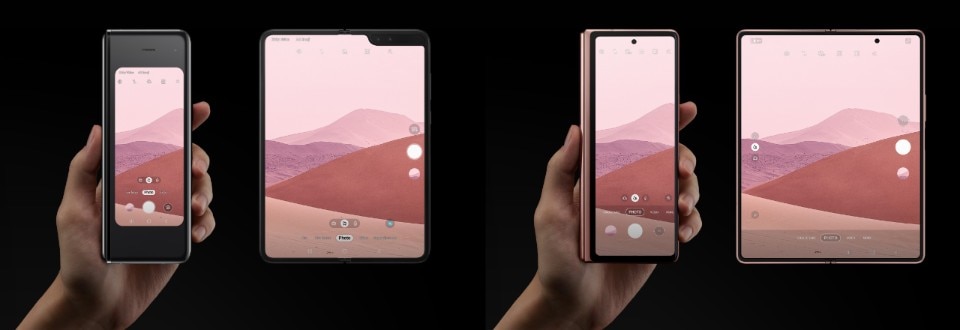
“Whenever a new design is launched, with new technology, consumers perceive it as revolutionary. Consumers think it’s fun and new. But the most important thing is the next lineup, the next device because they have to continue to appeal to the consumers and satisfy better usability”, says Jun-yong Song, Principal Designer Next Generation Product of Samsung’s mobile division, who played a central role in designing both the original Fold and its successor, pointing out that when the first generation of Fold was introduced, there was no similar product in the market – actually, not much has changed since then -, and so the user experience had to be developed from the scratch. “The first thing we thought about, as we began the foldable project, was to identify the values we can provide our consumers using the flexible display. As you know, the flexible display can fold and unfold, and that can actually offer a brand new unprecedented user experience”.
(continues in the gallery: all quotes by Jun-yong Song if not differently specified)


